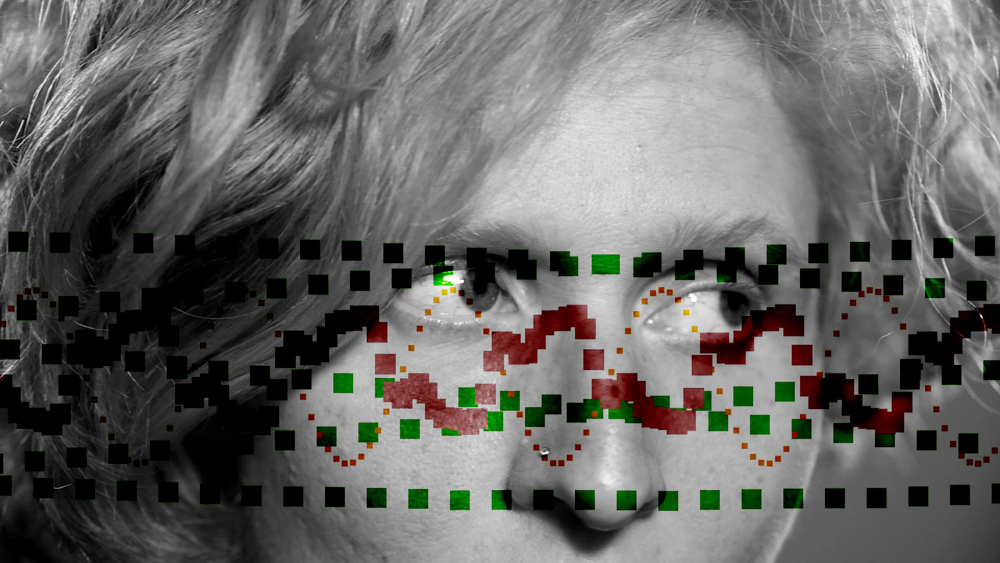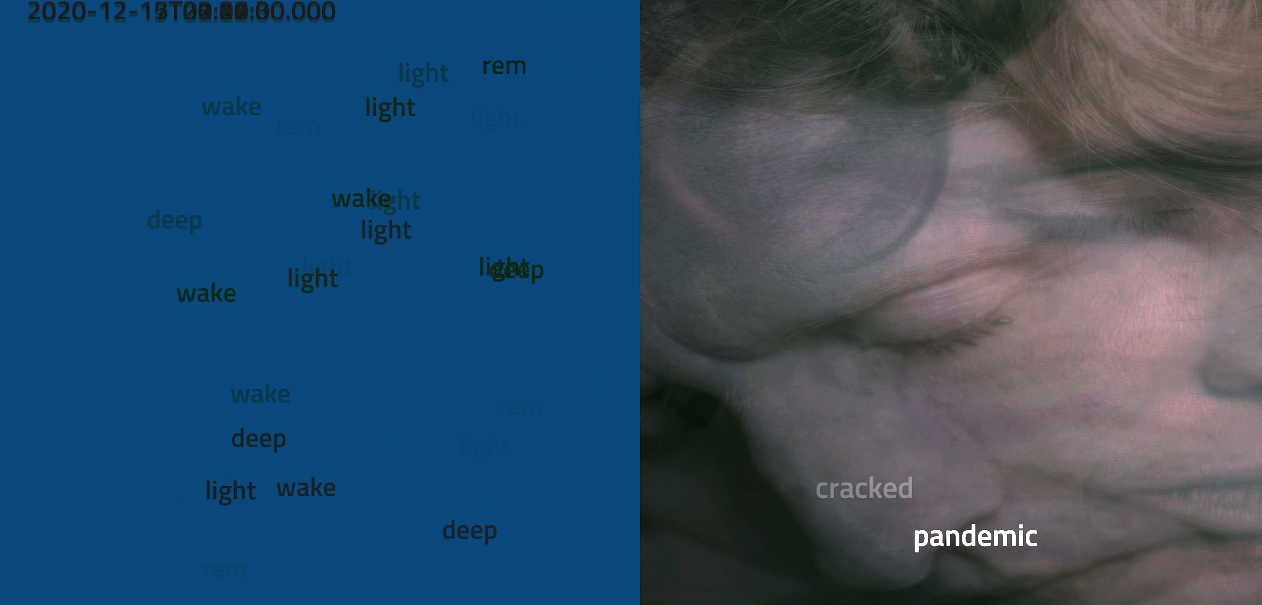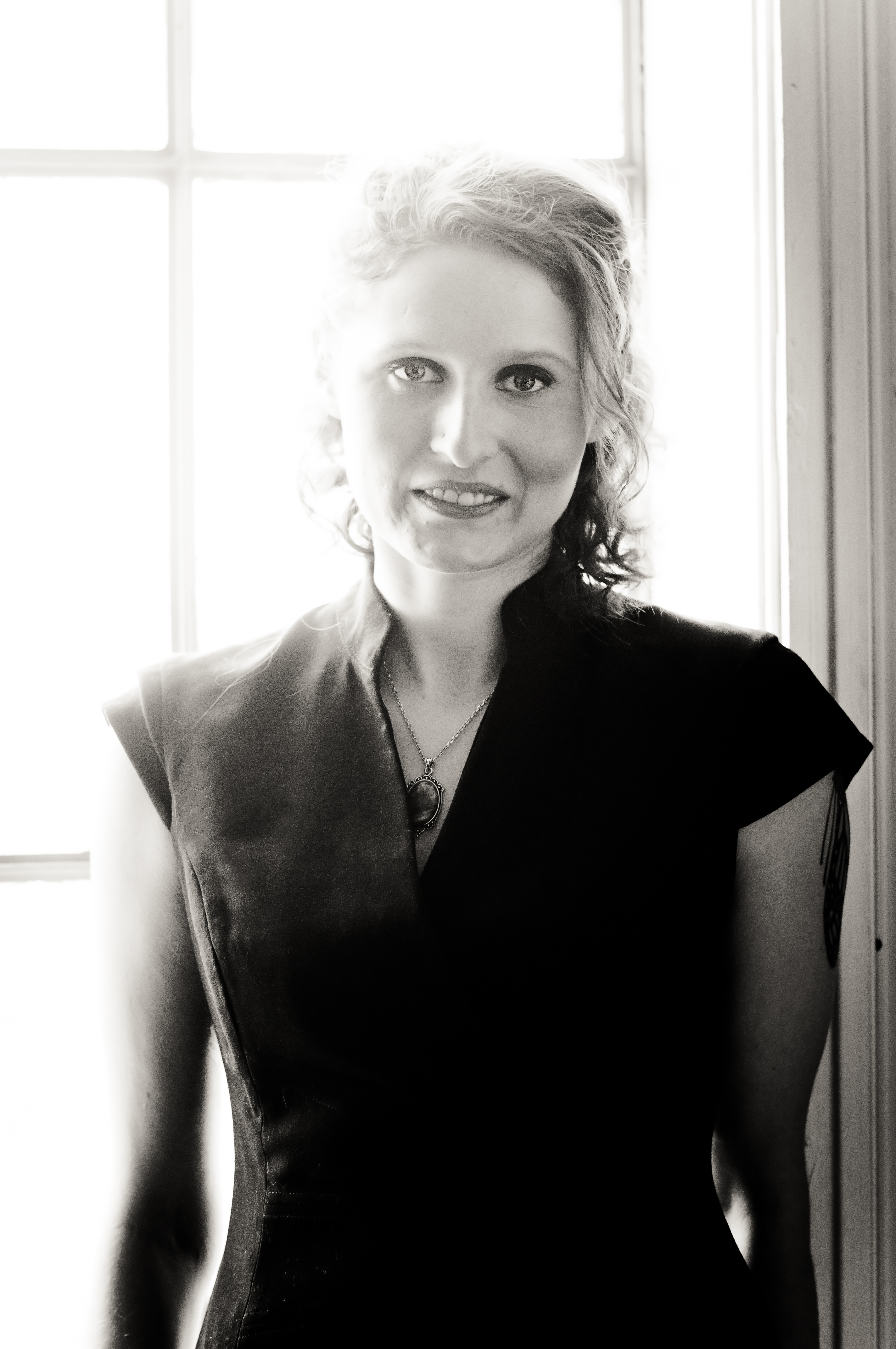
Do you think it is important for artists to tell stories about contemporary life with data?
Data, as fragments of information, play significant roles in our lives today. We leave data traces through almost every activity that we take part in, whether we are aware of it or not. I like to think of data as a medium, where working with data as an artist enables me to engage with these traces. Through this method, I become familiar with how technologies work in the capture, storage, and distribution of data. I believe that one significant role of artists is the capacity to introduce new means of engagement and enable people to consider differently what we take for granted. Telling stories about contemporary life with data is a means of not only creating new narratives but also a means of teaching others about how data is collected, stored and used.
We are still playing catch-up with the impact of digital engagement on the body in many ways. How does this come into play in your own performance work?
There has been a tendency to disregard the body when we think about the digital and computation. I don’t treat the digital as disembodied, as human users are embodied when engaging with or are influenced by technologies. Our bodies inform how we experience the world, which includes our relations with technologies, and at the same time, these technologies influence our bodies. Just think about the pain that you may feel in your back after spending too long sitting down and looking at a computer screen, or the challenges of going to sleep after extended long periods of time scrolling through a smartphone right before bed. These are all impacts of technologies on the body. As a performance artist, my inspirations come from our everyday actions and interactions, and this includes relations with digital technologies. I aim to draw attention to how technology impacts our bodies and how our bodies in turn impact technology, which is one of my aims in the Emergent series, especially the data-driven animations where image display, colour and other design features are influenced through data collected from my Fitbit that I have been wearing since the start of the COVID-19 pandemic.

When did your interest in biometrics [information relating to the measurement of people’s physical features and characteristics] and performance first come about?
I started working with lens-based media, including photography and video, which transformed into a performance practice where the camera was not just documenting performed actions, but also became part of the performance. For instance, in Rendered and Ember, I used slit-scan cameras to create projected abstract videos from performed actions. From here, I became interested in computer programming, specifically working with Arduinos as a way of collecting data through sensors as performance actions. For instance, I used accelerometers and motion sensors to create feedback with light and sound based on bodily movements, as in Fertile Ground and Quickening. I also began using a hacked heart rate monitor connected to a synthesizer to create live sound compositions, as in Residue. Through this work, I was not just using technology as part of a performance, but using performance to drive technology. During COVID-19, I began working with data collected from my FitBit as a means of generating work, but also introducing critical engagement with the collected data. Instead of focusing on the intended use of the fitness tracker as a technical object, in Emergent I draw attention to the gaps in data collection, goals not met, and the capacity of physical activity to exceed sensory quantification and collection. I am not just working with a body of data, but the body that produces this data.
In your new book The Maternal, Digital Subjectivity, and the Aesthetics of Interruption [Bloomsbury], you make unexpected connections between philosophies of the maternal and digital technology. How did this connection first arise for you?
The connection between the maternal and digital technologies came from my own experiences of being pregnant and raising two small children. Theorist Lisa Baraitser describes the mother as a subject of interruption, where interruptions do not function as aberrations, but provide the grounding for subjectivity. I started to work with digital technologies as a way of trying to present experiences of pregnancy and early motherhood that I couldn’t necessarily put into words, particularly the impacts of persistent interruptions and the sensations that emerge from caring for a dependent other. I noticed that in lot of my work at this time I was creating visual or sonic interruptions, including glitching images using pixel sorting. I started to think about this as an aesthetics of interruption while also considering how, as digital subjects, we experience a great deal of interruption. For instance, we are constantly switch-tasking based on different alarms and notifications, splitting attention that is experienced between the different screens and windows that we are moving through. I wanted to draw connections between the mother as a subject of interruption to the digital subject, where maternal philosophy intersects with philosophy of technology.

You have been using social media as a sketchbook to work out design sketches made using p5.js [open-source software for creative coding]. Does the visibility that comes with social media affect your creative process?
Social media has been a very effective way to show work in process and to get feedback on different aspects of a piece as I develop it. Initially, I was producing a sketch a day, which I would then post on social media, including my Instagram page and Twitter. I paid attention to the way people responded to these short animations and interactive pieces, and I started to use this feedback as I developed new sketches. I also considered what was not doing well according to social media metrics, and how this could become the impetus for something that got caught adrift in the attention stream. In this way social media became my sketchbook, which I later supplemented with a blog and GitHub repositories.
How does your artistic practice influence your work in NUI Galway?
I consider my practice as an artist to be integral to my work as a researcher and an educator. As an artist, I’m always finding ways to engage with technologies differently, and I integrate these aspects into philosophical scholarship and my teaching method. As an educator, I am not just teaching students the skills they need to know in order to become familiar with working with specific software or platforms, but also I guide them in finding ways to think differently with the technology. For instance, over the past few years, I started working with live streaming. Streaming is not just about broadcasting video, but also it shifts how we think about liveness and how we present ourselves online. I bring this critical space of reflection that I explore in my practice and research into the classroom where I teach students how to stream, but also how streaming influences our engagement with online platforms and others through virtual connections.
Do you think we at NUI Galway are successfully preparing students for an evolving workforce and new technologies? How could we improve in this respect?
This is a challenging question to answer and I can really only speak from my experiences within my school and discipline. I believe that this type of preparation is not just about teaching students how to use different technologies and to become equipped with the necessary skills. This process also involves helping students gain the critical and comprehensive understanding of how these technologies affect us as individuals and as societies, which is the intersection between technological skill with the critical rigour of the humanities through science and technology studies. For instance, despite the tendency to treat the digital as a green alternative, computation is not immaterial and has significant material impacts, including geological repercussions such as the mining of metals for hardware, energy consumption of data centers, and e-Waste. Therefore, we can’t limit ourselves to thinking about what can be done with technologies or how solutions can be engineered, but we need to consider the impacts that these technologies have on us as individuals, our societies, and our planet. In addition, we also face the challenge that these technologies are rapidly changing. The question driving us as educators is not, how can we teach students the technical skills they need? Instead, the question is, how can we teach them to be creative makers? Here, creativity is not just about content, but how technologies are being used. How can we teach students to be critical producers and how can we guide them to be agile and adaptable in a vastly changing field? This process involves teaching students skills that aren’t so easy to quantify and the output of these lessons may not be immediately apparent. However, it’s vital that students are able to understand how technologies influence us and what we can do when developing new and emerging technologies to make an impact on the world.
Profiles

Dr. EL Putnam is Lecturer in Digital Media at National University Ireland Galway where she is director of the MA in Digital Media. She is an artist-philosopher working predominately in performance art and digital technologies. Recent publications of note include an affiliated issue of the International Journal of Performance Art and Digital Media, co-edited with Dr. Conor McGarrigle (June 2021), the research monograph The Maternal, Digital Subjectivity, and the Aesthetics of Interruption (Bloomsbury 2022). She is a member of the Mobius Artists Group (Boston) and member of the International Association of Art Critics.